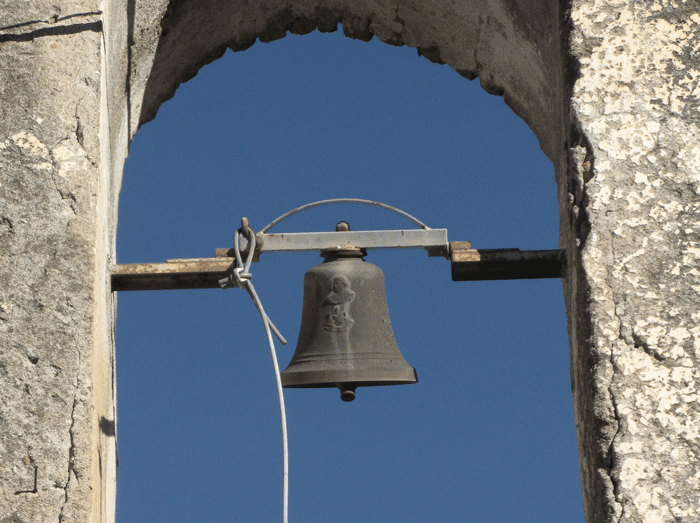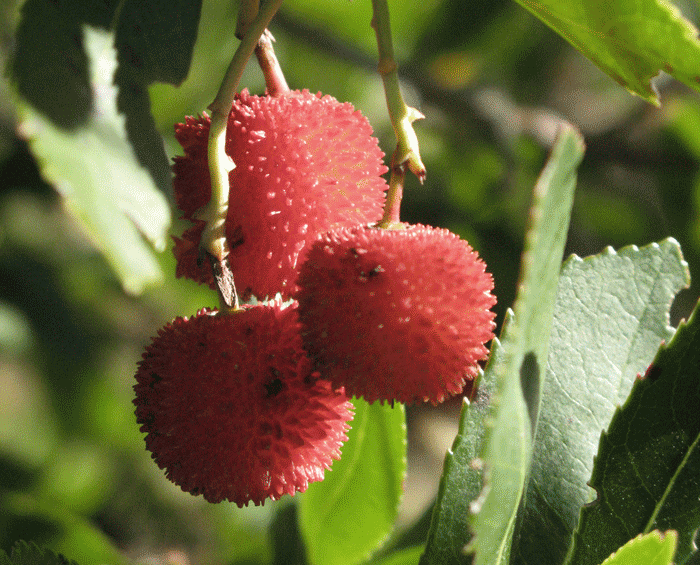Drink in the sun-filled wines of the Italian Riviera
Author: David Berry Green
The Italian Riviera, extending east from France along the Mediterranean coast from Nice (Nizza) through to Savona, became a popular holiday destination for the Brits during the mid 19th to early 20th century. One book alone, Il Dottor Antonio by Giovanni Ruffini (1855), a love story set in the town of Bordighera, seems to have inspired mass palpitations among Victorians. Other celebrities to have raised the profile of this more relaxed, less ‘chic’, stretch of coastline included Edward Lear, a resident of Sanremo, and Alfred Elgar, who favoured Alassio. The light, shoreline and relaxed mood of the Riviera di Ponente also drew artists such as Richard West. And of course, the resident English just had to set up a Club: Genova Cricket and Athletic Club founded in 1883, a sporting club for expats – subsequently to become one of Italy’s most successful football associations once the Italians were allowed in to play…
The area’s history is a rich one: it was occupied firstly by the Phoenicians, the Greeks (as part of Magna Graecia), the Romans and then by the Byzantines and marauding Longobards. The crusading Templar knights used the coastline as a springboard on their way to Jerusalem, bringing the Ottoman Empire to a close in the 15th century. It was part of the wealthy mercantile Republic of Genova, who fought with Venice for influence throughout the Mediterranean as far east as Constantinople. The Republic’s independence ended in 1825 by the actions of the British navy against Napoleon Bonaparte, with the Republic becoming of the Kingdom of Piedmont and subsequently of Italy in 1861.
As the car drives, the sunny Ligurian coastline is only an hour south from my home in Barolo, Piedmont, yet in winter it seems another world all together. One leaps from the freezing temperatures of the Langhe’s Continental climate to, at 17 degrees, something approaching tropical on the coast. This contrast is brought about by the looming presence of the Ligurian Mountains (highest point 2,201 metres above sea level) which run the length of the region, effectively connecting France to the Italian Apennines. It’s a chain that protects the thin strip of coastline from the northern cold, while at the same time basking in the warm Mediterranean and north African air currents.
No surprise then that it’s a favoured spot for palm trees, olive and citrus groves, along with a sea of aromatic plants that soak up the sun and feed insatiable northern European markets. From a wine perspective there’s a conspicuous absence of any DOCG (Denominazione d’Origine Controllato e Garantita, the top echelon), while the remaining DOCs are spread across over a hundred different grape varieties and over thousands of small producers. The focus these days is on the white variety Vermentino, whose ‘cousin’ Pigato (a more aromatic version) is grown predominantly in the province of Imperia. Rossese is a black variety that gives pretty, soft Pinot/Gamay like wines, while fuller Garnaccia (Grenache) reminds us of Spain influence on the island of Sardinia.
Agostino and Bice Parodi at Cascina Feipu dei Massaretti, located in Bastia (which means ‘fortified’) Albenga, planted the Pigato grape in 1965, encouraged by local journalist Luigi Veronelli (who went on to stimulate Italy’s drive for quality over quantity). Bottling started in the 1970s, but it wasn’t until their son-in-law, Mirco Mastroianni, started in 1997 that the cantina “got serious”. Barriques came and went, and now he’s settled on two pure, unoaked styles of Pigato from 5.2ha of vines: a fleshy example from the flat alluvial soils close at Bastia, a wine that sports an almost Pouilly-Fumé like liminess, while its flagship wine La Palmetta (the first vintage of which was 2006), comes largely from the rocky hills 13km from the Med, giving more intensity and natural elegance from smaller bunches; it’s more Sancerre like, if you will, with the distinct salty lick balanced by soft, sunny mandarin fruit characters.





